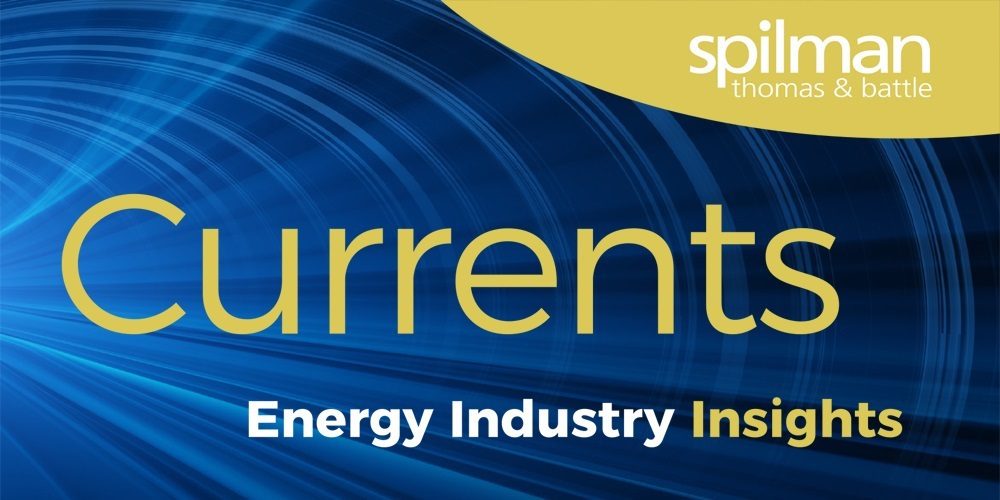Article
Resources
Article
Is Nuclear the Panacea to Data Center Load Growth?

Per public data, after years of relatively flat load growth around the country, sharp increases in load growth and load growth projections have occurred, primarily from large-scale computing data center facilities and, to a lesser extent, cryptocurrency. Data centers are large consumers of electricity, often representing the single largest user on a utility’s system, and needing power 24/7/365. For example, in the Commonwealth of Virginia, 25 percent of the state's electricity capacity is dedicated solely to data centers. Some of the companies leading the growth in data center development – Amazon, Google, Microsoft, and Meta – also have announced aggressive carbon reduction goals, with many of these entities pledging net zero emissions by 2030.
This load growth is coming at a challenging time for the electric grid, which has been adding an increasing number of intermittent renewable resources like wind, solar, and to some extent, batteries, while many base-load coal plants have been retiring. With the recent passage of EPA Rule 111(b) and (d), in the near term, increasing pressure will be placed on the future operation of natural gas plants, another source of base load generation. This transition is putting more pressure on the electric grid, particularly with bad weather. With this fast-evolving resource mix, it raises the question: how can the system serve the load of massive data-based operations that need reliable power 24/7/365, particularly when they desire that the energy provided to them be carbon-free? Nuclear, in many forms, is emerging as the front-runner solution, but some question whether this is the proper path forward.
The current form of nuclear energy in operation in the United States is large-scale nuclear reactors, known in the industry as AP-1000s. Since 2013, about a dozen such reactors have closed around the country, but we may begin to see efforts to reopen and repower these resources in order to power data centers. In this article, the author notes that Constellation Energy, owner of Three Mile Island in Pennsylvania, has been engaging with data center operators about restarting this facility. The same article cites a Wall Street Journal article, claiming that one-third of the country’s nuclear power plants are in talks with tech companies to use nuclear power to help power data centers. We also have seen this approach reflected in a Memorandum of Understanding signed between Duke Energy, Amazon, Google, Microsoft, and Nucor to create clean energy options in the Carolinas, one aspect of which includes the creation of financing structures, potentially funded or partially funded by these large tech companies, to lower the cost of nuclear power.
Jennifer Granholm, the Biden administration’s Energy Secretary recently noted (see here) that reviving some of the large-scale nuclear power plants that have closed in recent years could be a way to meet the rising demand for zero-emissions, baseload energy. Indeed, in March 2024, the federal government provided funding to reopen the Palisades reactor plant in Michigan, which closed in 2022.
The last AP-1000 to be built in the United States was the Vogtle Plant in Georgia. As noted in this article, the project cost $30 billion, two times more than the original budget, and it took nearly 14 years to construct and bring online. Despite these risks, the North Carolina Utilities Commission recently questioned whether Duke Energy had considered an AP-1000 as a potential resource to comply with North Carolina’s House Bill 951, a state law obligating Duke Energy to be carbon-free by 2050, as Duke already has a permit to construct an additional AP-1000 at a pre-existing site. Some argue that a new AP-1000 is still a good option; whether any utility in the United States will elect to pursue a new, large-scale nuclear facility is yet to be seen.
While previously shuttered nuclear plants such as Three Mile Island and Palisades do not face the same construction challenges faced by Vogtle, they will still need to repower and obtain approval to operate from the Nuclear Regulatory Commission (NRC). Thus, the path forward for either a new or repowered AP-1000 is by no means assured.
Many utilities also are exploring the potential to deploy new nuclear technology, sometimes referred to as advanced nuclear reactors or small modular reactors (SMR), which are effectively smaller versions of the AP-1000 that are intended to be deployed quickly and cheaper than traditional nuclear generation. While not presently operational (or a proven technology) in the United States, many believe that SMRs could be the solution to both the growing energy demand spurred predominantly by data centers as well as to comply with some state legislation requiring utilities transition to carbon-free electricity. Dominion Energy, for example, is currently seeking proposals to assess the feasibility of SMRs as its plans for approximately 10 GW of data center capacity in its Virginia service territory by 2035. Dominion is not alone in considering SMRs; however, it is not clear whether this technology will emerge as a viable form of carbon-free base load generation.
While nuclear may be a solution for data centers themselves, this article states that not everyone is supportive of data centers monopolizing carbon-free nuclear power, raising concerns about rising costs for other customers and potentially exacerbating reliability. Whether and how nuclear power can serve data centers is likely to be an ongoing topic in the near term as state and federal regulators grapple with how to transition the grid to more carbon-free resources while being mindful of costs, reliability, and resiliency. It is clear that nuclear will be part of the solution, but it is not clear precisely how and what role nuclear will serve.


